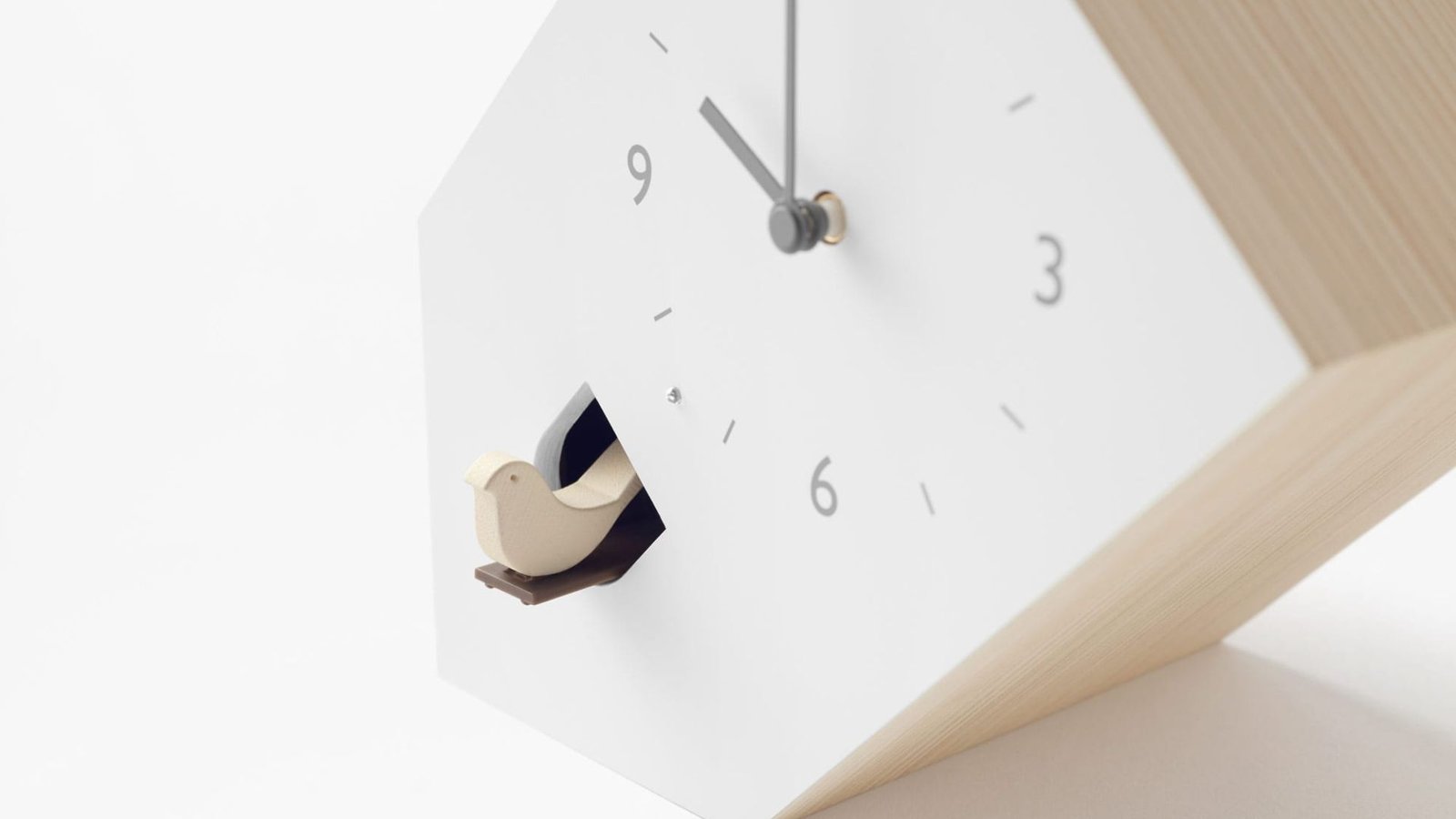Japanese clocks showcase a remarkable evolution from traditional craftsmanship to modern technological advancements. This article explores the journey of Japanese clocks, highlighting key developments from their historical origins to contemporary innovations.
Traditional Japanese Clocks
Ancient Timekeeping Methods
Water Clocks: The earliest Japanese timekeeping devices were water clocks, or “suihei-dokei,” used from the Nara period (710-794 AD). These clocks measured time based on the steady flow of water and were primarily used in temples and observatories.
Sundials: Alongside water clocks, sundials, or “hinode-dokei,” were utilized to track time using the sun’s position. Introduced from China, these devices were adapted to Japanese needs and featured intricate designs.
Mechanical Innovations
Early Mechanical Clocks: In the 16th century, mechanical clocks began arriving in Japan from Europe. These clocks marked a significant shift from water and sundials to mechanical timekeeping, incorporating intricate gears and escapements.
Local Adaptations: By the 18th and 19th centuries, Japanese clockmakers started creating their own mechanical clocks, blending Western technology with traditional Japanese aesthetics. These clocks often featured elaborate woodwork and lacquer finishes.

The Advent of Quartz Technology
Introduction of Quartz Clocks
Quartz Revolution: The 1960s brought a technological breakthrough with the introduction of quartz clocks. Seiko, a leading Japanese clockmaker, introduced the world’s first quartz wristwatch, the Seiko Quartz Astron, in 1969. This innovation offered unparalleled accuracy compared to mechanical clocks.
Market Impact: Quartz technology rapidly transformed the clock industry. Its accuracy, affordability, and low maintenance requirements made quartz clocks widely popular, leading to a decline in mechanical timepieces.
Innovations in Quartz Technology
Eco-Drive Technology: In 1995, Citizen introduced Eco-Drive technology, which powered clocks and watches using light, eliminating the need for battery replacements. This environmentally friendly innovation marked a significant advancement in clock technology.
Advanced Features: Quartz clocks also began incorporating advanced features such as atomic timekeeping and GPS synchronization, reflecting ongoing efforts to enhance precision and functionality.
Modern Japanese Clocks
Digital and Smart Clocks
Digital Clocks: The late 20th century saw the rise of digital clocks, which use electronic displays to show time. Japanese manufacturers embraced this technology, offering features like alarms, calendars, and backlighting.
Smart Clocks: More recently, smart clocks have emerged, integrating with smartphones and other devices. These clocks offer functionalities such as voice control, connectivity, and real-time updates.
Contemporary Designs
Fusion of Styles: Modern Japanese clocks often blend traditional aesthetics with contemporary technology. Designers incorporate elements from historical clocks while integrating modern features to appeal to contemporary tastes.
Technological Integration: Modern Japanese clocks may include features such as wireless connectivity, smart home integration, and advanced display technologies. These innovations reflect Japan’s commitment to combining tradition with cutting-edge technology.
Key Japanese Clock Makers
Seiko
Pioneering Innovations: Seiko remains a major player in both traditional and modern clockmaking. The company’s contributions, including the Quartz Astron and Eco-Drive technology, have significantly influenced the global clock industry.
Diverse Range: Seiko continues to offer a wide range of clocks, from classic mechanical models to advanced quartz and smart clocks, reflecting its commitment to innovation and quality.
Citizen
Eco-Friendly Technology: Citizen’s introduction of Eco-Drive technology represents a major advancement in sustainable clockmaking. The company’s focus on integrating environmental considerations with modern technology has set industry standards.
Smart Features: Citizen also embraces modern technology with features such as atomic timekeeping and GPS synchronization, ensuring accuracy and functionality in its contemporary timepieces.
Casio
Digital Revolution: Casio’s contributions to digital and smart clocks have made a significant impact on the industry. The G-Shock series, known for its shock resistance, and digital clocks with advanced features are widely recognized.
Innovation and Durability: Casio’s focus on integrating durability with digital technology has established its reputation as a leader in modern timekeeping solutions.
Conclusion
The journey of Japanese clocks from traditional water and sundials to modern quartz and digital technology highlights Japan’s significant contributions to horology. The evolution reflects a blend of historical craftsmanship and contemporary innovation, ensuring that Japanese clocks continue to be appreciated for their accuracy, functionality, and design. From the intricate mechanical clocks of the past to the advanced smart clocks of today, Japanese clockmakers have consistently pushed the boundaries of timekeeping technology.




